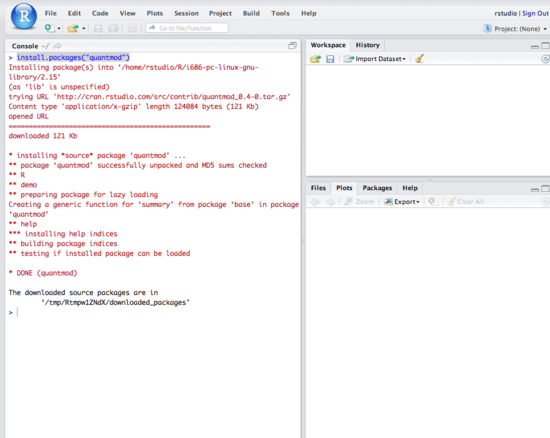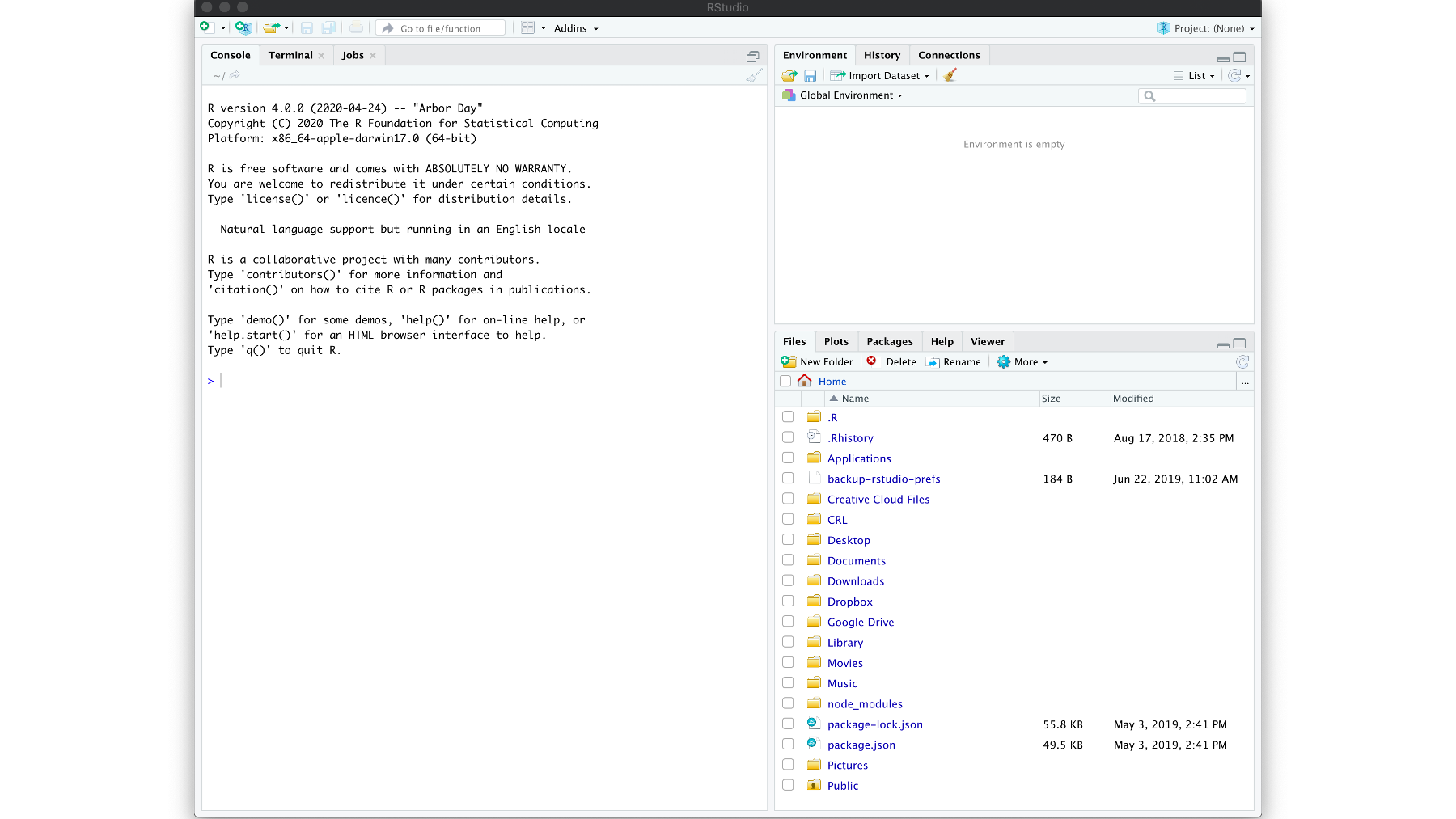


LC_COLLATE=English_New Zealand.1252 LC_CTYPE=English_New Zealand.1252
R studio install package windows#
Running under: Windows >= 8 圆4 (build 9200) Output from sessionInfo() R version 3.4.1 () I am working off my personal computer, below is some of my system info: Output: Installing package into ‘E:/Documents/R/win-library/3.4’Īlso installing the dependencies ‘minqa’, ‘nloptr’, ‘RcppEigen’Įrror in install.packages : error reading from connection I have tried a few different packages, and have uninstalled and reinstalled both R and RStudio. If I try and install a package in Rstudio using either install.packages() or using the package install menu I get the error below. If I install a package in R directly using install.packages() it works fine. :74.I have recently updated both R (version 3.4.1) and RStudio (version 1.0.143) and I am now unable to install packages from Rstudio. summary(hsb) Error in summary(hsb): object 'hsb' not found library(faraway) Notice the difference in the output of summary(hsb) before and after loading faraway. To actually use the material in the package you must load it using the library() function. By default, parallel is not, so we can either load it first ( library(parallel)) or find it by typing this into the console: ?parallel::makeCluster Note that we can omit the package name if it is already loaded. Click on the function name to read its help pageĪlternatively, if we already knew the function name, we can search for a help page from the console with the pattern ?package::function.Scroll through the list of functions to find makeCluster().If we already know it is in the parallel package, we could The Syntax behind this function is: install.packages ('packageName') Step 1: Please replace the name with your desired package name in this programming. If you know the name, then this approach is handy. You can click on a package name to see a help page listing all of the functions and other objects in that package.įor example, suppose you were looking for documentation on a function to specify the number of cores you want to use for running R in parallel. A quick and easy way to install a package in R is with the following function. The search box works much like it does in help. You can scroll through the list, or use the search box in the upper right of the pane.

If you are working in RStudio you can see the installed packages in the Packages pane, tabbed in the lower right of RStudio with Files, Plots, and Help.
R studio install package update#
You can install or update packages yourself - these will automatically be installed in a folder on your U:/ drive.ġ0.1 What packages are already installed? In the SSCC, you will find that there are many packages already installed for you.

While you only need to install a package once, you need to tell R to use that package any time you start a new R session.
R studio install package series#
R is available as a series of modules called packages, a few of which were included when you initially installed R.


 0 kommentar(er)
0 kommentar(er)
